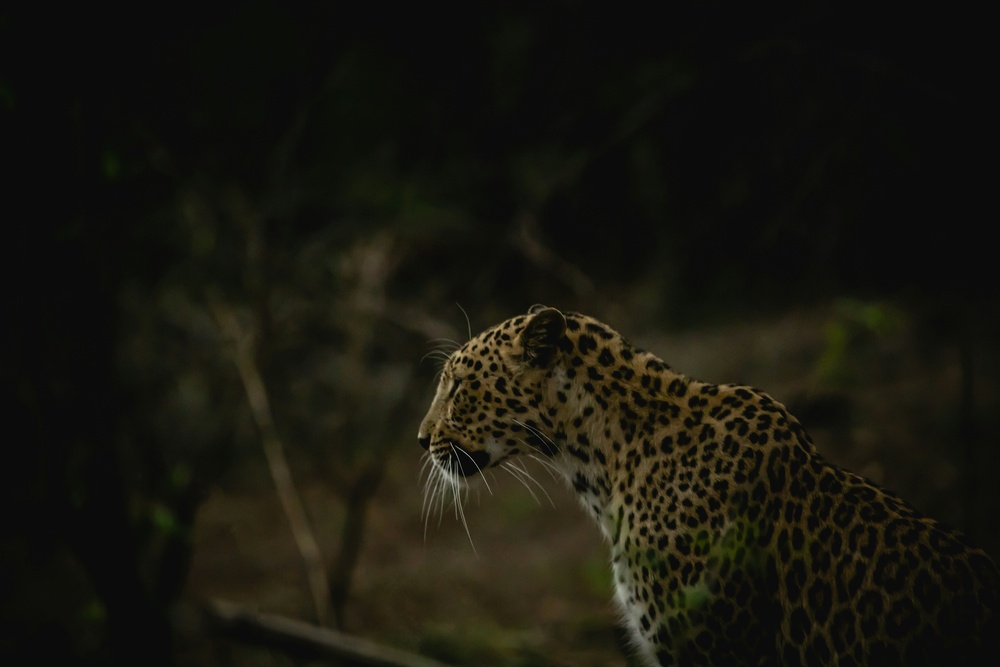Gir National Park, nestled in the western state of Gujarat, is one of India’s most iconic wildlife destinations. Famous as the last sanctuary of the Asiatic lion, the park draws wildlife enthusiasts, nature lovers, and photographers from around the globe. The experience of going on a wildlife safari in Gir National Park is truly unparalleled, offering a rich variety of encounters with rare species, stunning landscapes, and unforgettable moments of nature. Whether you’re a seasoned safari-goer or a first-time visitor, here are some of the top experiences that make a wildlife safari in Gir National Park a once-in-a-lifetime adventure.
1. Spotting the Majestic Asiatic Lion
The star attraction of Gir National Park is undoubtedly the Asiatic lion, and encountering one of these magnificent creatures in the wild is a highlight of any safari. Gir is home to over 600 Asiatic lions, making it the only place in the world where these lions can be seen in their natural habitat. The lions of Gir are slightly smaller than their African cousins but are equally awe-inspiring with their thick manes and powerful presence.
During your safari, you’ll have the chance to observe these lions in various settings – from lounging in the shade of trees to hunting or interacting with their pride. The early morning and late afternoon safaris are the best times to catch sight of the lions, as they are most active during these cooler hours. Watching these powerful creatures roam freely in their habitat is an experience that stays with you long after your visit.
2. Bird Watching in Gir’s Rich Ecosystem
While Gir is known for its Asiatic lions, it is also a haven for bird watchers. The park is home to more than 300 species of birds, including both migratory and resident birds. Whether you’re a bird enthusiast or a casual observer, the sight of vibrant birdlife adds another layer of excitement to your safari.
Among the must-see species is the Indian Vulture, which has a critically endangered status, as well as the spotted eagle, Indian hornbill, painted stork, and bustards. The park’s diverse ecosystems, including its dry deciduous forests, grasslands, and wetlands, provide ample opportunity to spot a wide variety of bird species. For the best birding experience, you can book a specialized bird-watching safari, led by a guide who can help you spot and identify these feathered wonders.
3. Encountering the Elusive Leopards
Gir National Park is also home to a significant population of leopards. Known for their elusive and solitary nature, leopards are not always easy to spot. However, a well-planned safari can increase your chances of seeing these graceful and powerful big cats in action.
Leopards are usually seen during the early morning or late afternoon, often hiding in the dense undergrowth or resting in trees. Spotting a leopard in its natural habitat is an exhilarating experience, particularly when you witness their stealthy movements or hear their haunting calls echoing through the park. It’s a rare and thrilling experience that adds a sense of mystery and excitement to your safari.
4. Wildlife Sightings Beyond the Big Cats
While the Asiatic lion and leopard are the big draws, Gir National Park is teeming with other fascinating wildlife. The park is home to a wide variety of species, from herbivores to carnivores and everything in between. The park is particularly famous for its population of sambar deer, chital (spotted deer), nilgai (blue bull), wild boar, jackals, and hyenas.
For safari-goers, encountering these animals in the wild is a rewarding experience. Watching a group of chital graze in the open grasslands or observing a herd of sambar deer quietly moving through the forest can be as thrilling as spotting the apex predators. Additionally, spotting the playful langur monkeys or hearing the distant calls of a wild boar adds variety and excitement to the safari experience.
5. Exploring the Diverse Landscapes of Gir
Gir National Park is not just about wildlife – the park’s diverse landscapes contribute significantly to the overall safari experience. The park’s dry deciduous forests, grasslands, rocky hills, and rivers create a picturesque setting for your safari, providing different environments where wildlife thrives.
As your jeep meanders through the park’s varying terrains, you will encounter stunning views, from the dry, arid stretches of grassland to the dense, shady forest patches. The Hiran River that runs through the park is another highlight, providing a beautiful setting for both animals and visitors. The riverbanks are often frequented by wildlife, and it’s an excellent spot for bird watching and photography.
6. Safari in Devalia Safari Park
For those looking for a more controlled yet equally enjoyable wildlife experience, the Devalia Safari Park (also known as the Gir Interpretation Zone) is a great option. Located about 15 kilometers from the main park, this enclosed area simulates the wild environment of Gir and is home to many of the park’s animals, including the Asiatic lion.
The Devalia Safari Park offers a guided safari, and though it is more restricted compared to the open park, it still provides the opportunity to spot the lions and other wildlife in a safe and convenient environment. This is an ideal option for travelers with limited time or for families with young children who want to experience the park’s wildlife up close without venturing deep into the main park.
7. Cultural and Historical Insights in the Gir Region
Gir is not just about wildlife – it also offers a glimpse into the local culture and heritage. The region surrounding Gir National Park is home to the Saurashtra people, and you can visit local villages to learn about the customs, lifestyles, and traditions of these communities.
One of the most fascinating experiences is visiting the Siddi tribe in the surrounding areas. This African-descended community has a rich cultural history, and their traditional dance, music, and crafts are an exciting cultural addition to your safari experience. The Somnath Temple, located nearby, is another historical site worth exploring, known for its religious significance and architectural beauty.
8. Photography and Scenic Views
For photography lovers, Gir National Park is a paradise. The combination of dramatic landscapes and the opportunity to capture majestic wildlife in action provides ample photo opportunities. Whether you’re trying to snap a lion lounging in the shade, a leopard stealthily moving through the trees, or a beautiful sunset over the dry grasslands, the park offers numerous scenic backdrops.
The early morning and late afternoon safaris are the best times for photography, with soft golden light that illuminates the landscape and wildlife in stunning detail. Don’t forget to capture the panoramic views of the park’s diverse terrain, from the rocky hills to the lush riverbanks.
Conclusion
A wildlife safari in Gir National Park offers a unique and unforgettable experience for safari lovers. Whether you’re captivated by the sight of the Asiatic lion, thrilled by the stealth of the leopard, or simply enjoying the beauty of the park’s diverse landscapes, Gir has something for every nature enthusiast. With its rich biodiversity, unique wildlife, and stunning scenery, Gir National Park remains one of India’s premier wildlife safari destinations. It’s a place where nature’s raw beauty is on full display, and every safari promises new experiences and lasting memories.
























